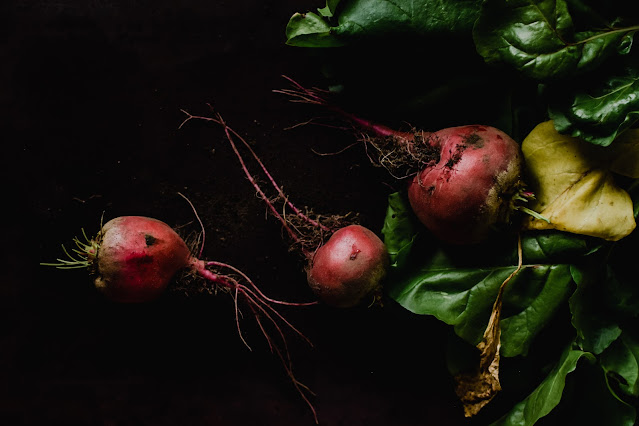Mehendi - History
Introduction
The art of applying henna in hands and feet is known as Mehendi. This is a popular art in these modern days.In the 12th century mughals brought Mehendi(Lawsonia inermis) the small small tropical shrubs to India.In the 17th century in India the barber's wife was usually employed for applying henna on women.
Mehendi play a vital role in the Hindu wedding which includes various religious rites before and during the nuptials. Mehendi or henna is derived from the sanskrit word mendhika. The origin can be from Egypt because it was one of the art forms in Egypt. It has the evidence that it has been found that henna was used to stain the fingers and toes of pharaohs earlier to mummification. The egyptians believed that body art ensured their recognition into the afterlife and therefore used Mehendi to identify them.
The henna used for Mehendi comes from a bush which is grown in the Africa and India,in the middle east and other hot and dry places. The henna leaves are used as a skin conditioner and as a reliever for rashes.
Images of Henna Plant
Mehendi Plant
Henna(Lawsonia inermis,also known as hina, henna tree,mignonette tree,egyptian privet) is flowering plant that grows 12-15 feet high and comes from the sole species of the Lawsonia genus. The English name "henna" comes from the Arabic(innate).
The henna plant grows best in heat upto 120f degrees. It wilts in temperatures below 50f degrees. It also grows better in dry soil than damp soil. The leaves are in opposite decussate pairs and vary in sizes from approximately 2-4cm long.
The flowers are fragrant produced in conical panicked 1040 cm long,each flower 5mm diameter, with four white petals. The fruit is a dry capsule 68mm diameter, containing numerous 12.5mm seeds.
The henna plant contains Lawsonia which is a reddish -orange dye that binds to the keratin(protein) in our skin and safely stains the skin. The stain can be from pale orange to nearly black depending on the quality of the henna. A good and fresh henna from hot and dry climates,will stain the darkest.
Henna works on all types of skin. Henna is meant for EVERYONE as symbol of art,beauty and happiness.




Comments
Post a Comment